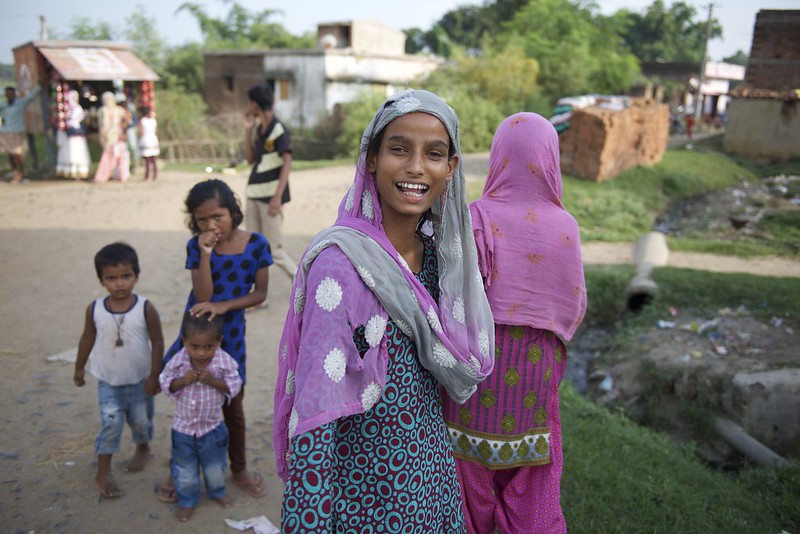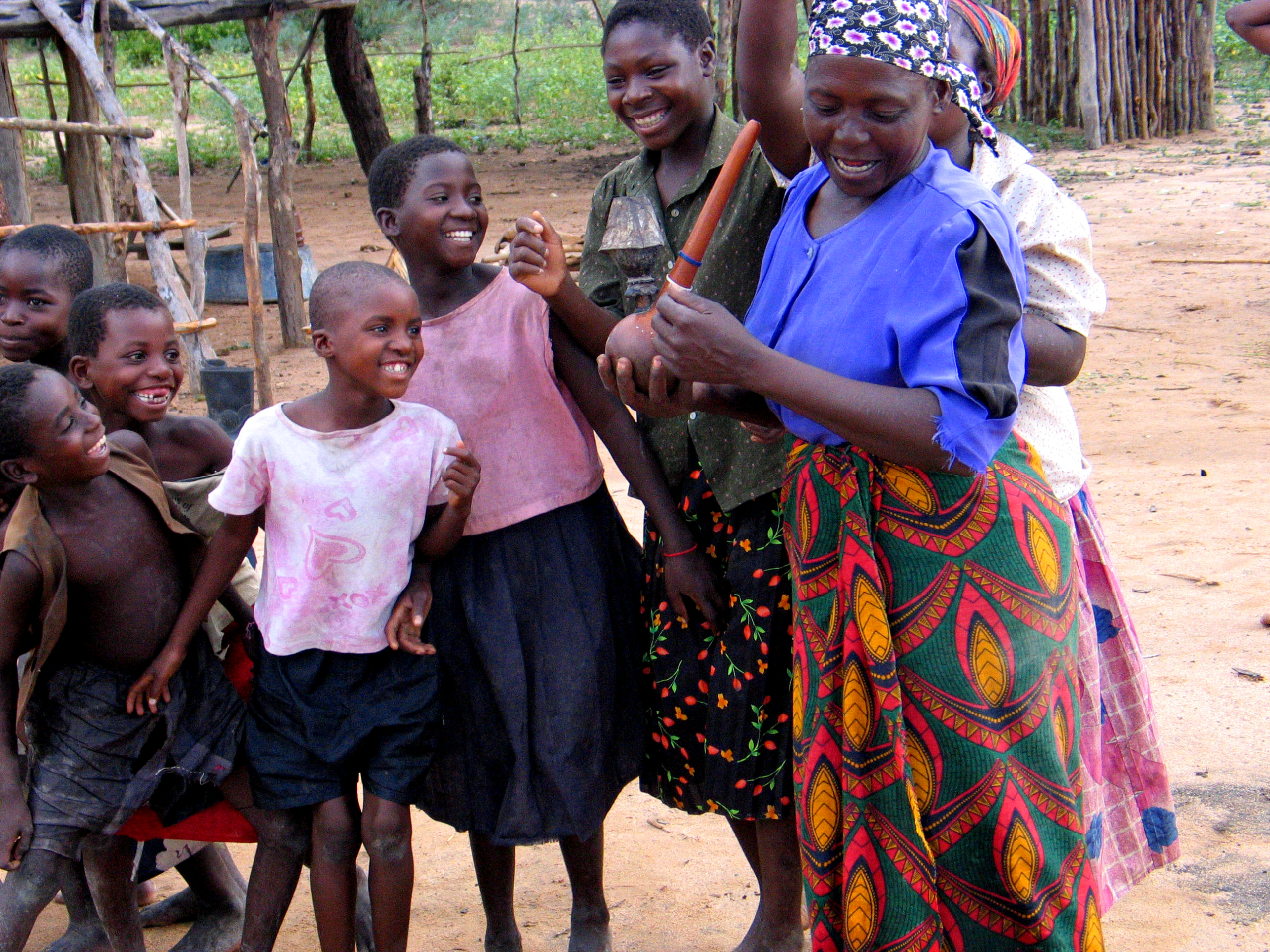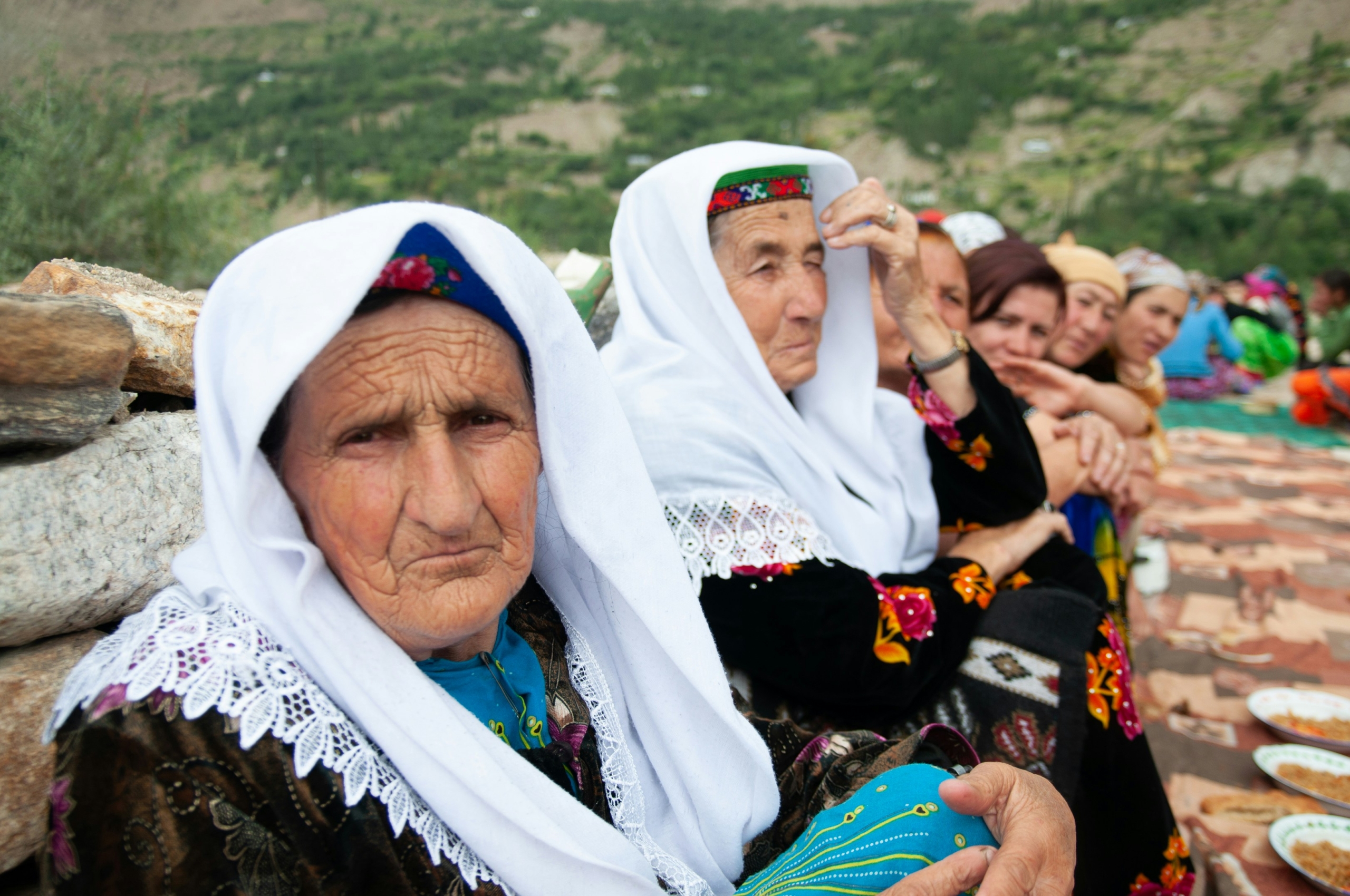 The world is becoming much more aware of mental health issues. Countries all over the world are looking for solutions to mental health issues. However, poorer countries are working at a disadvantage. Ethiopia has been able to overcome this disadvantage and improve its mental health care.
The world is becoming much more aware of mental health issues. Countries all over the world are looking for solutions to mental health issues. However, poorer countries are working at a disadvantage. Ethiopia has been able to overcome this disadvantage and improve its mental health care.
Ethiopian Mental Health Issues
Ethiopia has been looking for ways to improve mental health for years. As recently as 2021, it had included mental health services in the health extension package but had not implemented any changes. The lack of any action was due to many factors. Some include “low political commitment, lack of resources, non-functional referral system, lack of interest from private health care organizations,” stigma within the culture and poor reporting, according to Dove Medical Press.
One of the biggest factors is the stigma and discrimination of mental health issues in Ethiopia. A majority of the people in Ethiopia follow Ethiopian Orthodox Christianity. Some followers of this form of Christianity believe demonic possession is the cause of mental health issues, which could prevent people from speaking up on these issues. This presents a huge hurdle into addressing Ethiopian mental health.
The Ethiopian government is currently using the media for advocacy of mental health issues. Its strategy is to reach the Federal Ministry of Health, general and mental health physicians, mental health service users and providers and the general population.
The battle against the stigma is just half the battle. Even if the stigma issue was removed, Ethiopia does not have enough physicians to sustain an increased volume of patients. In 2022, Ethiopia had 1.08 physicians per 10,000 people.
Solutions
The Federal Ministry of Health in Ethiopia along with the World Health Organization (WHO), European Union and Foundation d’Harcourt have worked together to implement the Mental Health Gap Action Programme (mhGAP). This program aims to help low and middle-income countries scale up their mental health services.
Dr Tedla Wolde-Giorgis, Mental Health Advisor in the Office of the Minister of the Ethiopian Federal Ministry of Health explains that the program’s goal is “to integrate mental health in the existing primary health-care system by leveraging the existing health delivery platforms. The strategy that we developed emphasizes the training of health staff on mental health issues using the mhGAP programme and making sure that they are provided with close supervision and oversight at the different health centres. To this end, the mhGAP training materials and approach was very helpful to us.”
The program has made some huge progress quickly. As of March 2023, a total of 1,230 general health care workers received training from mhGAP.
The Future
The progress in the Ethiopian mental health landscape illustrates the challenges and opportunities that many low- and middle-income countries face. While there are many obstacles like stigma, resource constraints, and limited healthcare infrastructure, the collaboration between the Ethiopian government, international organizations and local communities shows that meaningful change is possible. By continuing to build on these efforts and fostering a more inclusive and understanding society, Ethiopia can pave the way for a healthier future. Furthermore, this is an example for other nations facing similar struggles. The journey is long, but with sustained commitment and international support, the vision of comprehensive mental health care in Ethiopia can become a reality.
– Matthew Mendives
Matthew is based in Colonia, NJ, USA and focuses on Global Health and Celebs for The Borgen Project.
Photo: Unsplash






 In 2018, International Alert, an organization attempting to tackle community violence in societies with a history of conflict and extreme poverty, embarked on the Living with Dignity project, an effort to tackle
In 2018, International Alert, an organization attempting to tackle community violence in societies with a history of conflict and extreme poverty, embarked on the Living with Dignity project, an effort to tackle  Malta, the small island state at the heart of the Mediterranean Sea, faces an epidemic of undiagnosed mental health problems.
Malta, the small island state at the heart of the Mediterranean Sea, faces an epidemic of undiagnosed mental health problems. 
